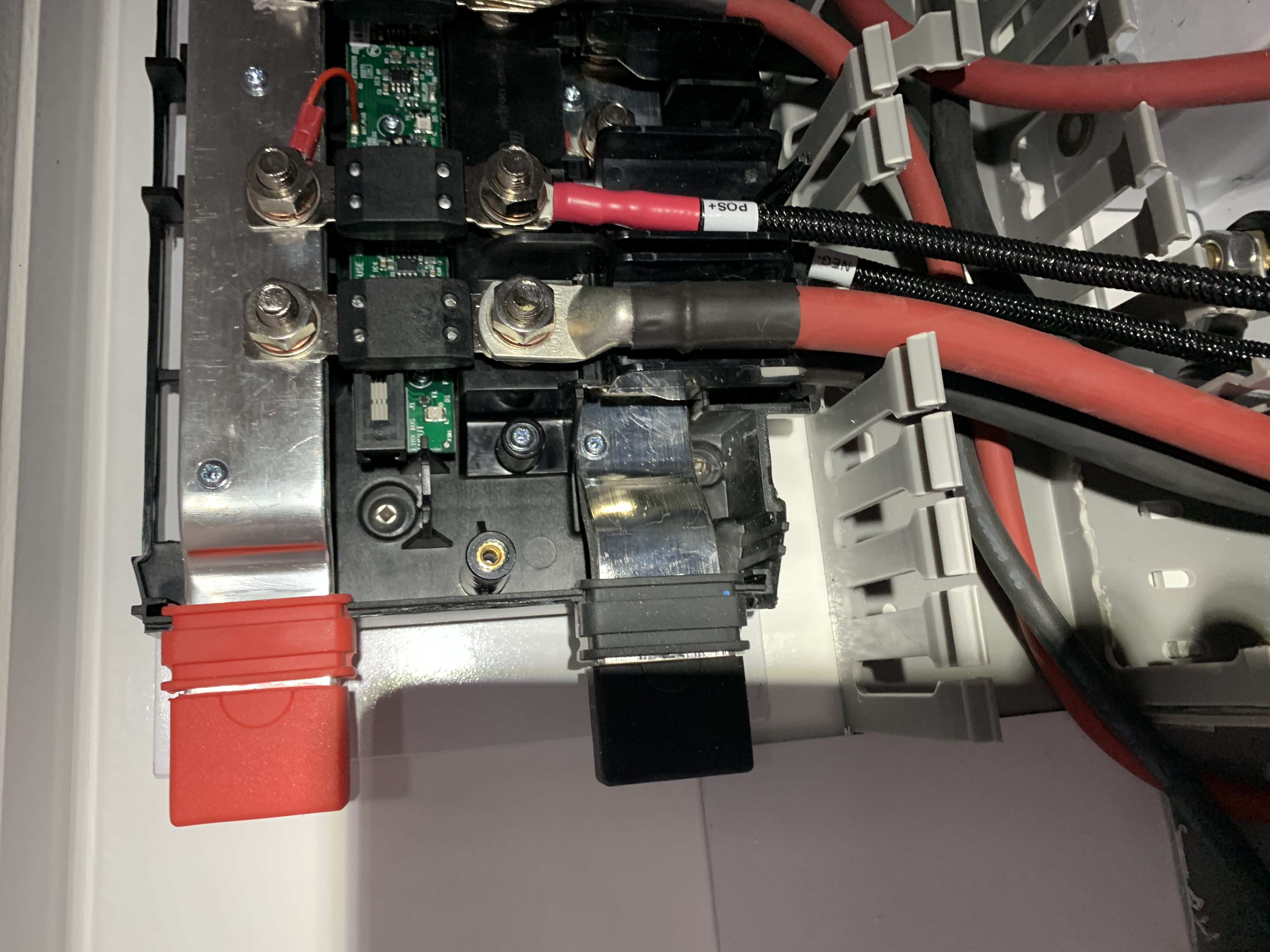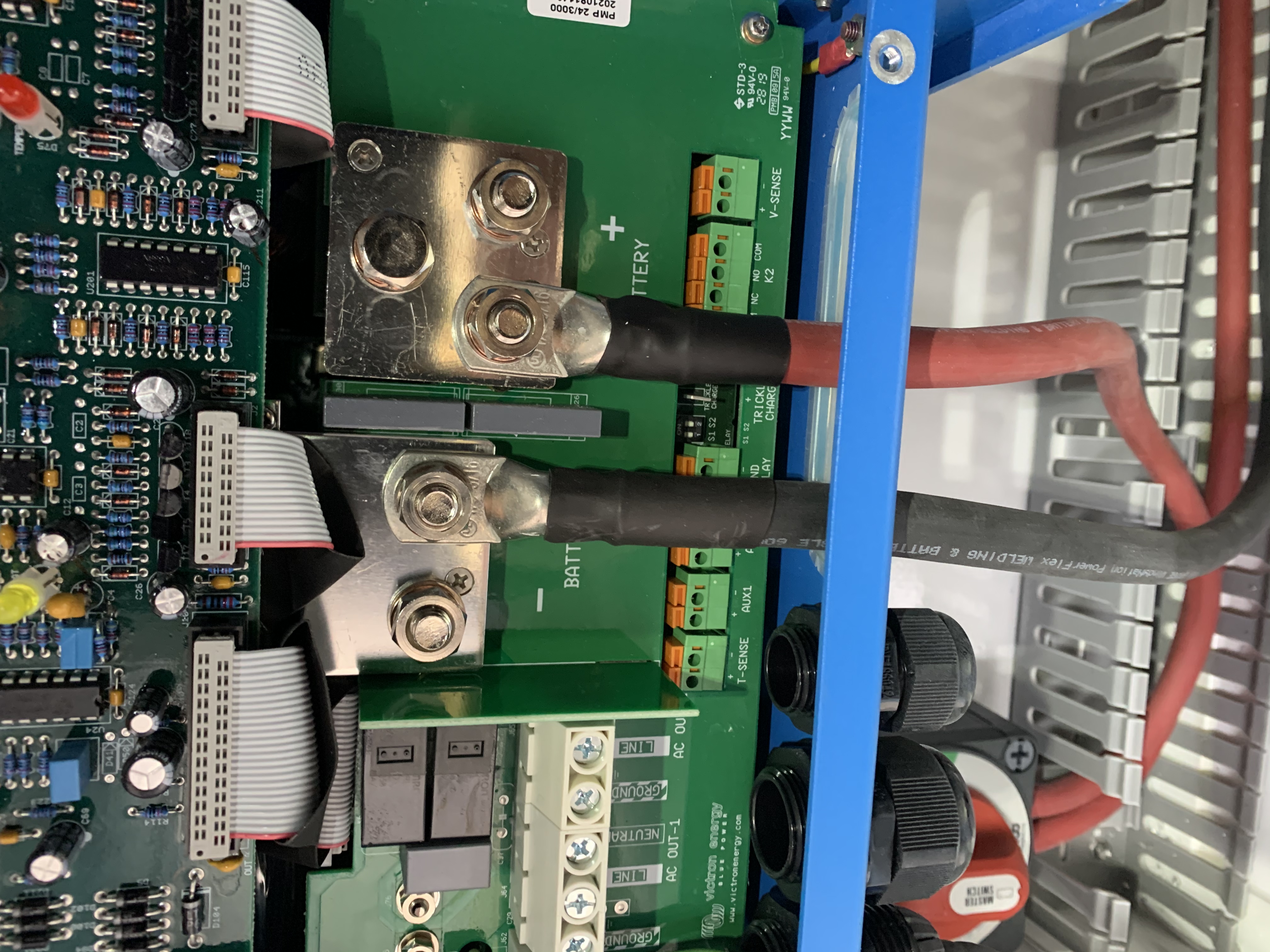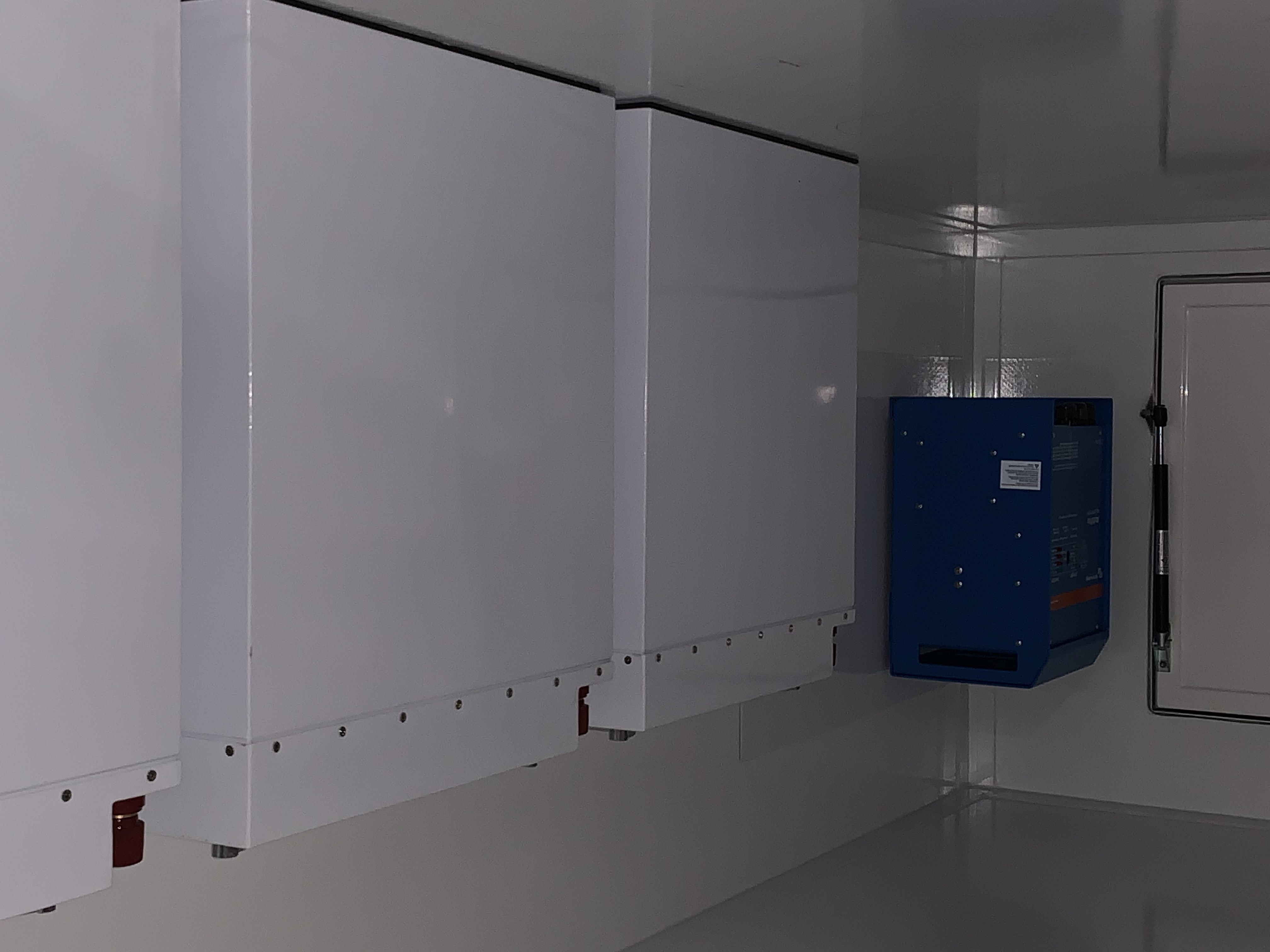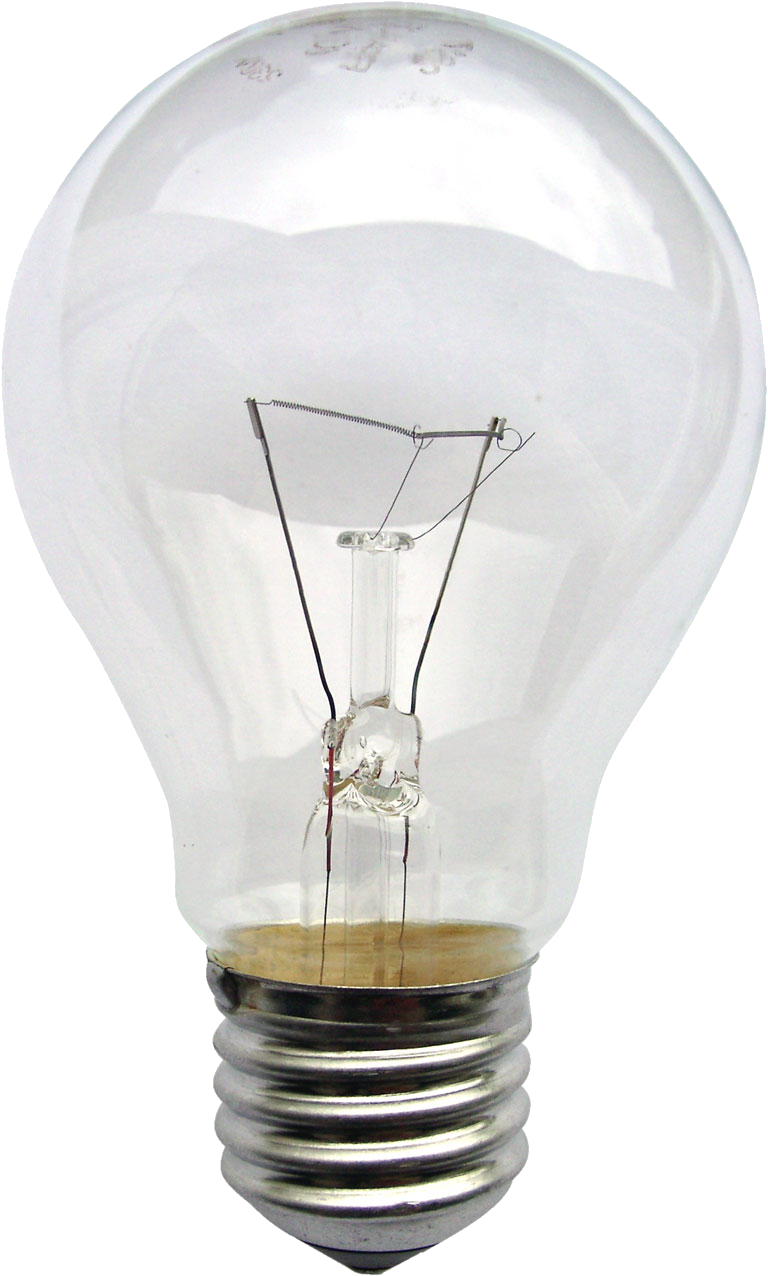tldr: When I turn the battery on with the Multiplus connected it registers a short circuit protection event. Help!
*****************
I've read thru the Battleborn thread and wondering if I'm suffering from the same issue, but its a little different.
I have 3 RJ Lithium 24V 300AH 150 cont/300 peak batteries and a Multiplus 24/3000/50/120
I wanted to use the multiplus to charge them up equally to parallel them.
I wired everything with a single battery powered "off" (charge and discharge disabled, FETs Locked)
The battery cable is 2ga and 26 inches long and feeds to a Lynx Distributor ->Lynx Shunt -> Lynx Distributor 2
I installed 150 mega fuses everywhere that needed one just to get the Multiplus configured and the batteries charged and paralleled.
The inverter cable is 1/0 and 5 feet long
When I turn the battery on without the multiplus connected, I measure 26.4v at the Lynx Distributor 2.
When I turn the battery on with the multiplus connected the BMS registers a short circuit protection event and shuts down.
The Multiplus is OFF.
I've attempted to precharge the Multiplus by hooking up AC as in the Battleborn thread and this did NOT change things.
I have not tried a different battery.
I have not tried connecting the multiplus directly to the battery using the 1/0 wire.
In general the "short circuit" has me freaked out.
Anything glaring above that would help sort this out?
Thanks for reading.






